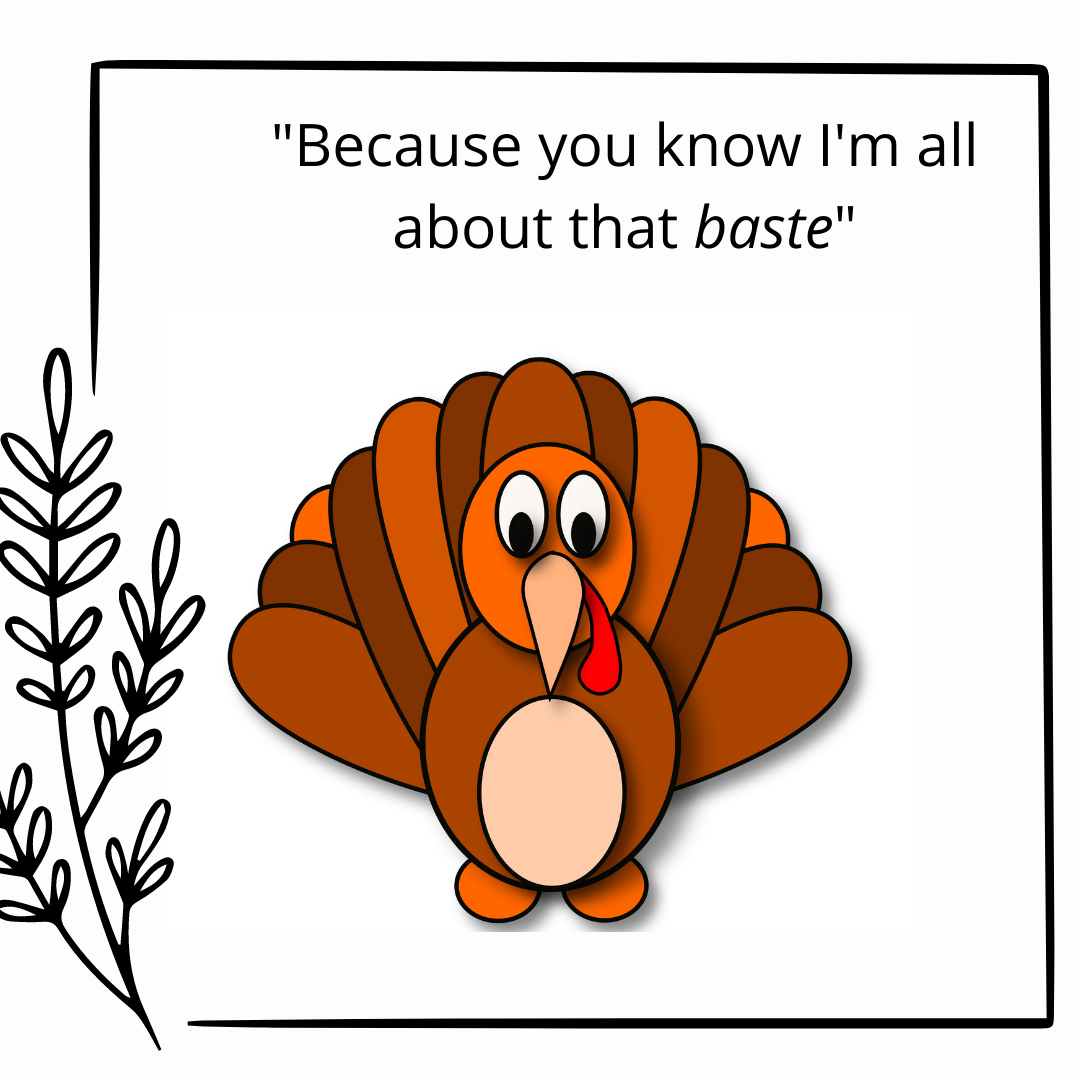Happy Thanksgiving friends! I hope you all enjoy a full day of activities, laughter, and tasty food with your loved ones.
To celebrate this occasion, I am kicking off the ingredient highlights section in my blog, and what would be better than highlighting the bird that has served as a traditional dish for many generations. The American traditional Thanksgiving meal represents the first Autumn Harvest Celebration meal shared between the Wanapoag Native Americans and the newly immigrated Pilgrams in 1621. There are not clear enough records to confirm there was an actual turkey, but turkeys were common in the region and a popular food source for the new settlers. This meal to celebrate new friendships and a new harvest was a time full of gratitude and happiness. So much so that it has become one of the most famous meals and we continue to celebrate it 400 years later!

So let’s talk a bit about this bird that we use to represent this piece of American history. Turkey is a powerhouse for many important nutrients including: protein, calcium, iron, magnesium, phosphorus, potassium, choline, tryptophan, and MUCH much more.
Many of these nutrients help our body repair cells and tissue and support our metabolism. Turkey is a great option for protein because it is also low in unhealthy fats.
Now let’s talk about the turkey component that ranks highest in popularity during Thanksgiving meals: Tryptophan. Tryptophan is a component that often is blamed for that drowsy, post meal feeling. Now although tryptophan does play some role in melatonin (sleepy hormone) production, that is not it’s major role.
The top 3 processes that tryptophan is a key player in are:
Protein synthesis
Kynurenine synthesis (kyrunenine plays many roles in metabolism and helps protect your eyes from UV rays)
Serotonin Synthesis- in fact tryptophan is the only precursor for this happy hormone that we all love

Tryptophan along with some of the components it breaks down into are also responsible for other processes like melatonin synthesis, niacin synthesis, and more, but these are not as significant in the life of Tryptophan.
So long story short- you are more likely feeling a sugar crash after the stuffing and pie, than you are feeling the effects of tryptophan 🙂
So as you chew on that for your Thanksgiving trivia, enjoy some of the turkey leftover recipes below.
Happy Thanksgiving!!
https://www.foodnetwork.com/thanksgiving/leftovers/best-thanksgiving-leftover-recipes
https://www.aheadofthyme.com/25-best-thanksgiving-leftover-recipes/
https://www.tasteofhome.com/collection/new-ideas-for-thanksgiving-leftovers/

Recent Comments